Part of Science X™ a leading web-based science, research and technology news service which covers a full range of topics.
The presence of reeds on riverbanks could be beneficial for fish
7 November 2025 @ 5:10 pm
Ultrafast VUV pulses fully characterized for probing valence electron dynamics
7 November 2025 @ 5:07 pm
Open-source 'macroscope' offers dynamic luminescence imaging
7 November 2025 @ 4:54 pm
First ever discovery of Lepidosira springtails in China reveals four new species
7 November 2025 @ 4:53 pm
SpyTag nanodisks enable reliable surface plasmon resonance analysis of membrane proteins
7 November 2025 @ 4:53 pm
Self-driving system makes key plastic ingredient using in-house generated H₂O₂
7 November 2025 @ 4:45 pm
New molecular drivers of long COVID link nasal inflammation to lingering symptoms
7 November 2025 @ 4:21 pm
'Nanopack' cell therapy targets inflammation in multiple sclerosis
7 November 2025 @ 4:10 pm
Icarus returns to space aboard SpaceX for wildlife tracking
7 November 2025 @ 4:08 pm
Simplified protein models enable simulations of unknown folding patterns
7 November 2025 @ 4:08 pm
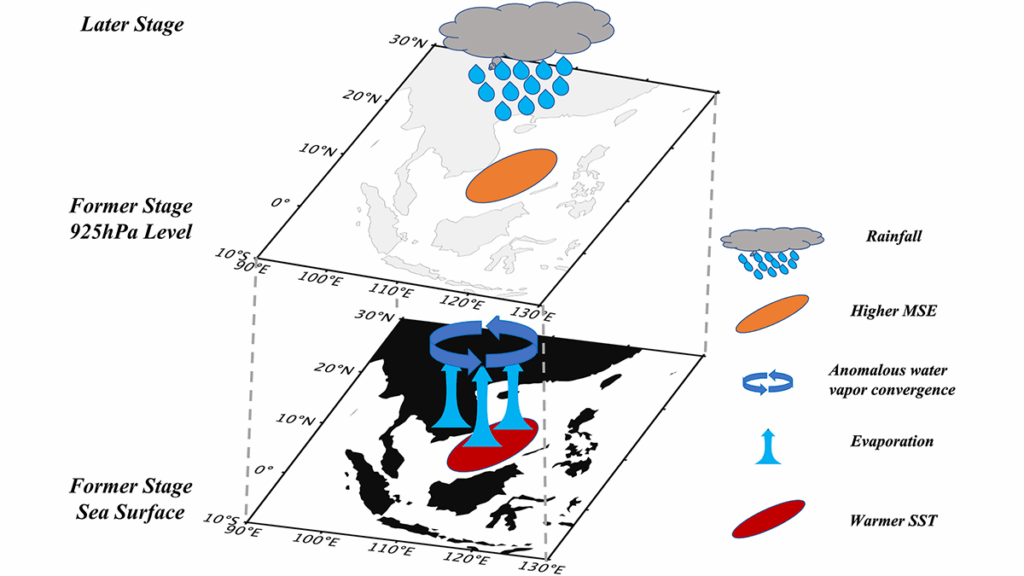 Most marine heatwaves experience reduced precipitation throughout their lifetime, but warmer events in the early stage can trigger increased precipitation after reaching peak intensity, causing faster decay.
Most marine heatwaves experience reduced precipitation throughout their lifetime, but warmer events in the early stage can trigger increased precipitation after reaching peak intensity, causing faster decay.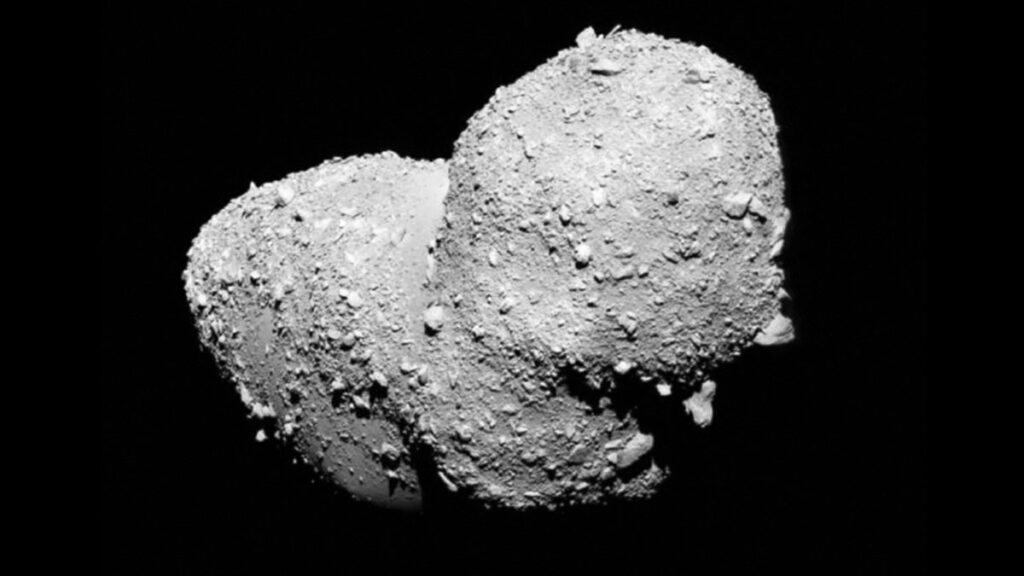 Data from the Gaia space observatory reveal that many slowly spinning asteroids rotate chaotically. A new theory links that chaos to their inner structure and history.
Data from the Gaia space observatory reveal that many slowly spinning asteroids rotate chaotically. A new theory links that chaos to their inner structure and history. 一项新研究分析了过去1000万年的海洋表面温度数据,以预测未来变暖的可能走向。
一项新研究分析了过去1000万年的海洋表面温度数据,以预测未来变暖的可能走向。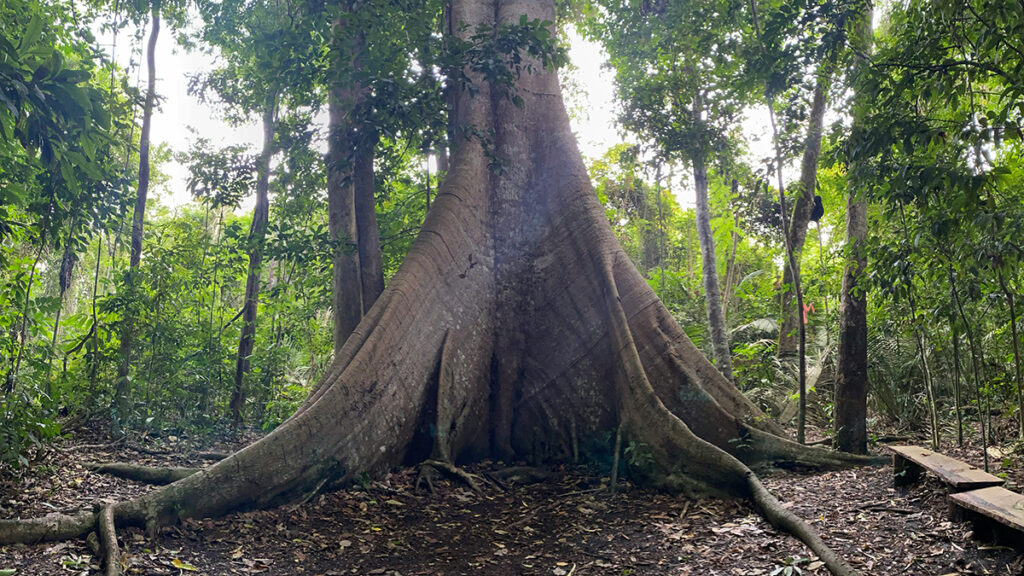 New data show resilience among the rainforest’s giants, though scientists warn that nutrient limits and rising heat could end the trend.
New data show resilience among the rainforest’s giants, though scientists warn that nutrient limits and rising heat could end the trend. A new study warns that day zero droughts—when reservoirs fail to supply taps—could become common within this decade.
A new study warns that day zero droughts—when reservoirs fail to supply taps—could become common within this decade.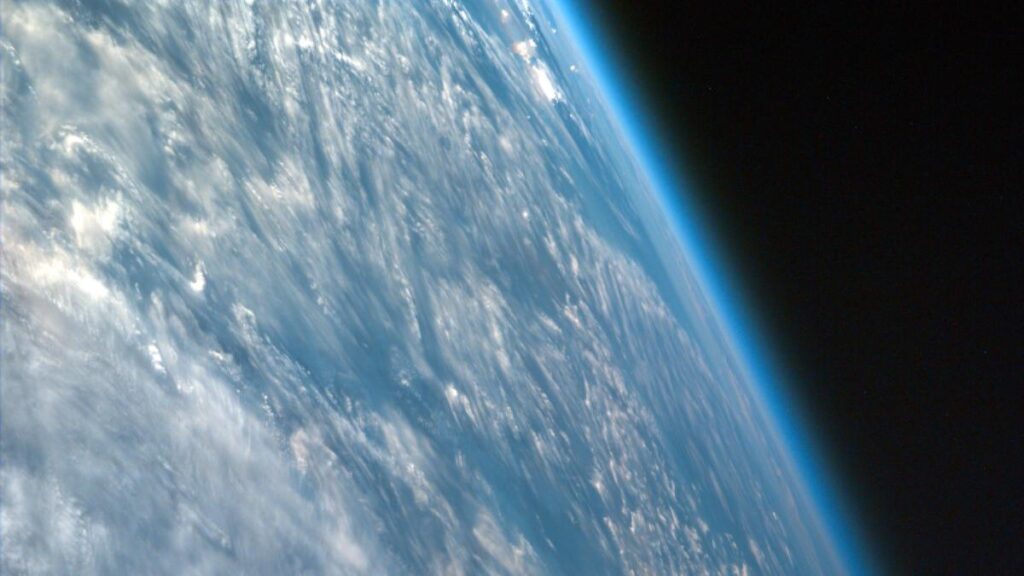 Current emissions trajectories are on track to warm the world by as much as 2.8°C (5.04°F) above preindustrial levels by 2100, according to a report released today by the United Nations Environment Programme (UNEP).
Current emissions trajectories are on track to warm the world by as much as 2.8°C (5.04°F) above preindustrial levels by 2100, according to a report released today by the United Nations Environment Programme (UNEP).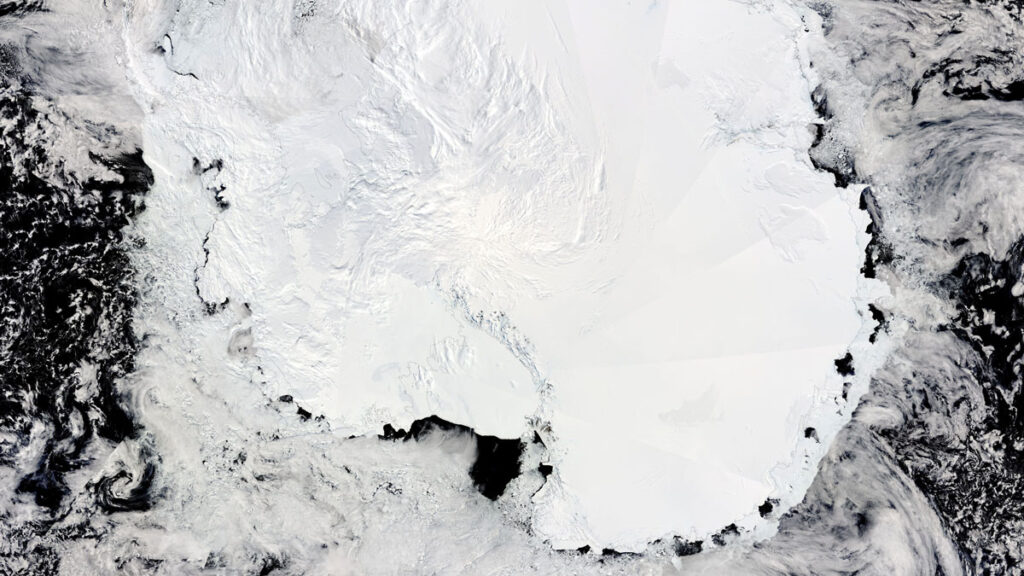 Radar altimetry observations have pinpointed 85 active subglacial lakes, shedding light on how water moves beneath the Antarctic Ice Sheet.
Radar altimetry observations have pinpointed 85 active subglacial lakes, shedding light on how water moves beneath the Antarctic Ice Sheet.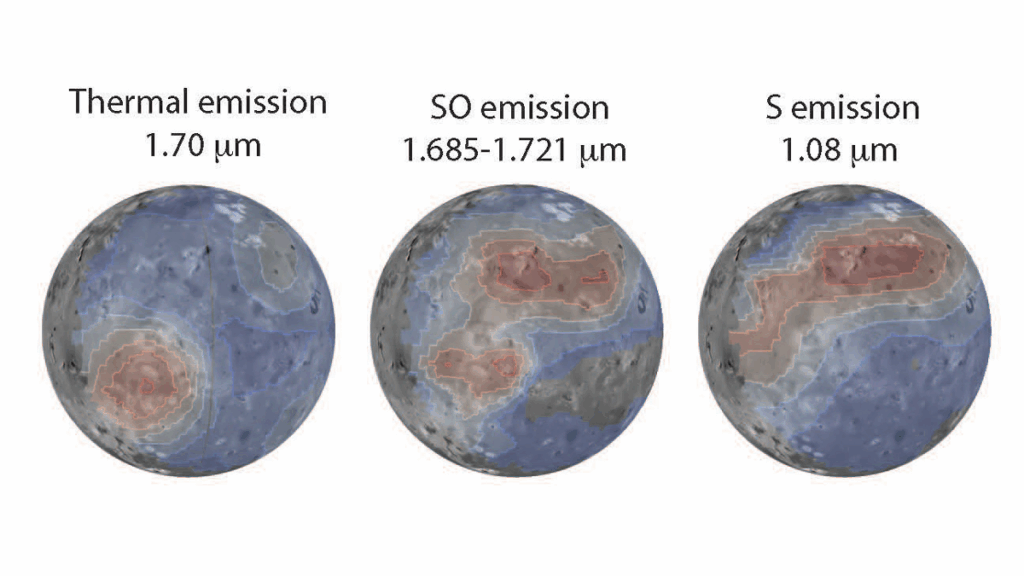 New James Webb Space Telescope images reveal cooling lava, volcanic sulfur monoxide gas, and sulfur gas emissions created by interactions between plasma and the moon’s atmosphere.
New James Webb Space Telescope images reveal cooling lava, volcanic sulfur monoxide gas, and sulfur gas emissions created by interactions between plasma and the moon’s atmosphere.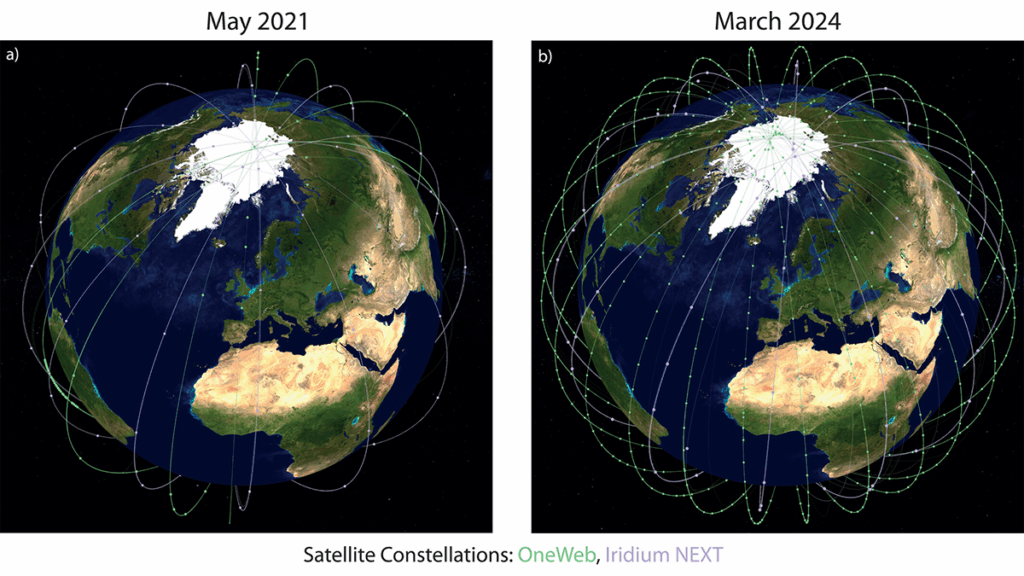 Enabling unprecedented monitoring of key electric current systems in low-Earth orbit using commercial satellite mega-constellations advances space weather monitoring.
Enabling unprecedented monitoring of key electric current systems in low-Earth orbit using commercial satellite mega-constellations advances space weather monitoring.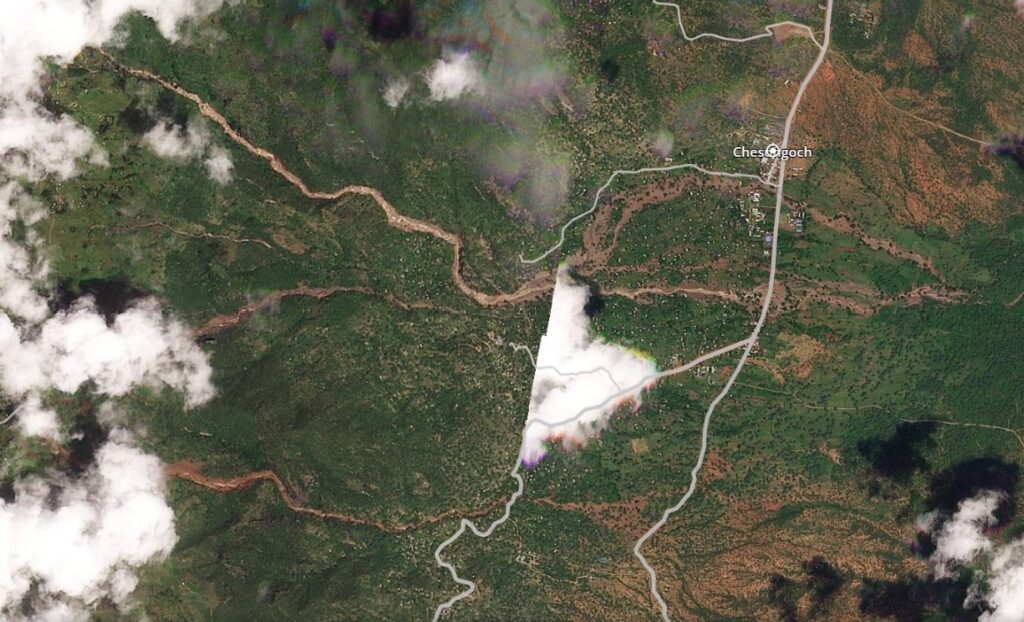 It is reported that 51 people have been killed by a series of debris flows in Kenya, triggered by heavy rainfall. On 31 October 2025, heavy rainfall triggered a series of large landslides in the vicinity of Chesongoch in Elgeyo Marakwet County, Kenya. To date, 26 people are known to have been killed and it […]
It is reported that 51 people have been killed by a series of debris flows in Kenya, triggered by heavy rainfall. On 31 October 2025, heavy rainfall triggered a series of large landslides in the vicinity of Chesongoch in Elgeyo Marakwet County, Kenya. To date, 26 people are known to have been killed and it […] Tropical cyclones expand faster at warmer relative sea surface temperature, Wang et al., Proceedings of the National Academy of Sciences
Tropical cyclone (TC) size strongly affects its hazards and impacts. This study shows that observed TC size expands substantially faster over relatively warmer water across the major Northern Hemisphere ocean basins. Expansion rates increase much more slowly with global-mean warming as found in simple model simulation experiments. Hence, ocean regions that warm more quickly are more likely to support storms that expand more rapidly, potentially increasing their potential to cause damage a
Tropical cyclones expand faster at warmer relative sea surface temperature, Wang et al., Proceedings of the National Academy of Sciences
Tropical cyclone (TC) size strongly affects its hazards and impacts. This study shows that observed TC size expands substantially faster over relatively warmer water across the major Northern Hemisphere ocean basins. Expansion rates increase much more slowly with global-mean warming as found in simple model simulation experiments. Hence, ocean regions that warm more quickly are more likely to support storms that expand more rapidly, potentially increasing their potential to cause damage a The planet continues to warm due to human activity; bouts of cold weather don’t change this.
Satellites around the world measure temperatures at different places throughout the year. These are averaged to calculate annual global temperatures.
The past ten years (2015-2024) have been
The planet continues to warm due to human activity; bouts of cold weather don’t change this.
Satellites around the world measure temperatures at different places throughout the year. These are averaged to calculate annual global temperatures.
The past ten years (2015-2024) have been Visible satellite image (with lightning) of Hurricane Melissa at 4:55 p.m. EDT Sunday, Oct. 26, when it was a Category 4 storm with 145 mph (230 km/h) winds. (Image credit: NOAA/CIRA)
Human-caused climate change increased Hurricane Melissa’s wind speeds by 7% (11 mph, or 18 km/h), leading to a 12% increase in its damages, found
Visible satellite image (with lightning) of Hurricane Melissa at 4:55 p.m. EDT Sunday, Oct. 26, when it was a Category 4 storm with 145 mph (230 km/h) winds. (Image credit: NOAA/CIRA)
Human-caused climate change increased Hurricane Melissa’s wind speeds by 7% (11 mph, or 18 km/h), leading to a 12% increase in its damages, found  There are multiple lines of evidence that our greenhouse gas emissions are warming the planet.
The greenhouse effect is the process whereby “greenhouse” gases such as carbon dioxide create a kind of atmospheric blanket, absorbing outgoing heat energy and re-radiating a portion of i
There are multiple lines of evidence that our greenhouse gas emissions are warming the planet.
The greenhouse effect is the process whereby “greenhouse” gases such as carbon dioxide create a kind of atmospheric blanket, absorbing outgoing heat energy and re-radiating a portion of i